Energy-Efficient Home Appliances: Furnaces, Boilers and Air Conditioners
The first step to building an energy-efficient home is using green building techniques to form an ultra-tight building envelope. The next step is...
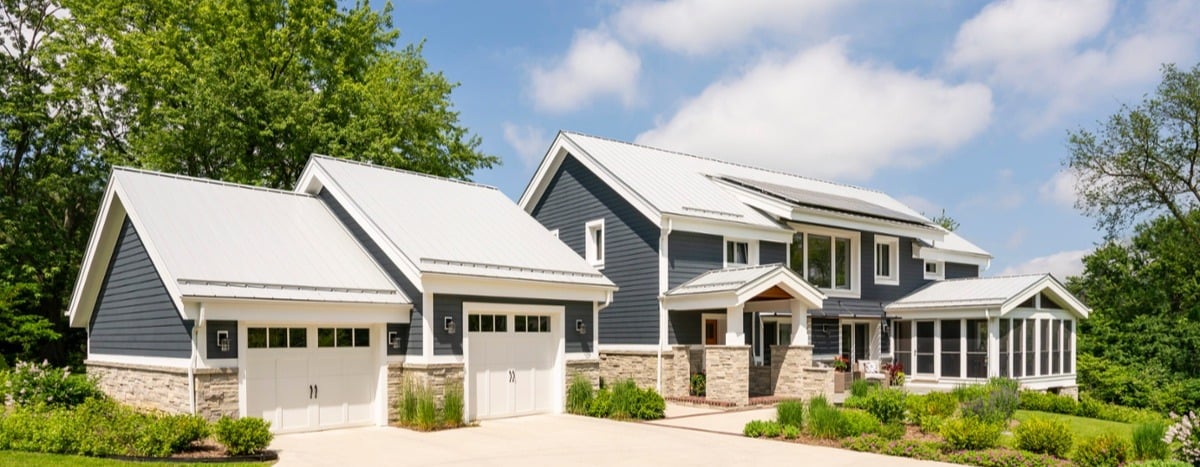
It might seem like a net-zero energy green home is difficult to achieve, but the truth is there is a pretty simple formula with seven key steps that works for all homes, whether new or existing. If you’re building new, it’s an ideal time to take ALL of these steps, it’ll never be easier or more accessible, and you’ll love the comfort a deep green home creates. But even if you just want to work on your existing home over time and get there as your budget and timing allows, this formula still works.
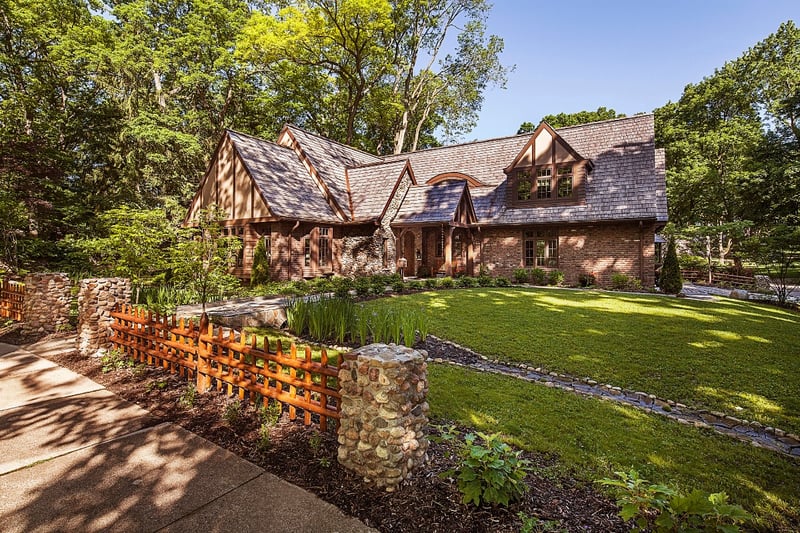
For the most part, this list is in order of importance to the overall picture, but with an existing home sometimes things break or need service, and you may need to go out of order. That’s OK, but you’ll want to understand all the steps so that you know what might be important to double back on later.
I don’t think there’s any more important step than properly insulating your home. Done correctly, this step and step #2 – proper air-sealing – can account for eliminating fully 50% of the total heating and cooling energy your home will use. Since in our cold northern climate, heating and cooling usually account for more than 50% of our total energy consumption, that’s a huge chunk of savings right there. Plus, you’ll immediately notice that your house is more comfortable, less drafty with less differential from room to room — and that’s a big bonus as well.
With new homes or major remodels and additions that are properly designed, insulating and using advanced building techniques is not difficult or much of an additional cost. In fact, it’s kind of a no-brainer. You’ll never get the chance to do it as easily and cheaply again, and it has a rapid payoff period. There are also techniques you can use when building that are extremely effective and not generally possible when retroactively insulating an existing home.
For existing homes — it is a bit more complicated retrofitting insulation since every home is unique. Diagnostic testing (like an energy audit) and planning in advance can go a long way and you can achieve excellent results. And when a HVAC replacement is needed, for most homeowners, I would recommend properly insulating your home as a first step. Proper insulation changes the overall energy profile of your home and thus when you replace HVAC equipment it’s important to size it correctly for your home's energy needs.
Air-sealing doesn’t often get enough credit for the significance it has in making an energy-efficient home. You can lump it in with insulation, and they should take place together, but it’s important enough that I think it should have its own step number.
Existing homes on average lose about 40% of their heating and cooling energy through convective currents in the home. That’s a fancy way of saying that air drafts in your home, from gaps around doorways, windows and even things like wall outlets, carry energy you've paid for out of your home.
Drafts make a home less comfortable also, and many times less healthy, as frequently these drafts can create condensation in the walls that invite molds and bacteria to proliferate. They also make homes that are too dry in the winter and cause heating systems to short-cycle on and off frequently. It’s better and more comfortable to have a steady even temperature and humidity in the home.
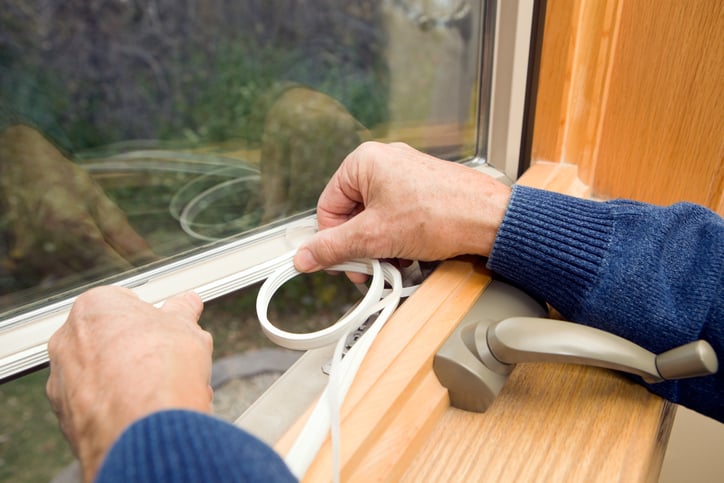
Air-sealing is best performed with a blower-door kit that depressurizes the home so you can see where the air is flowing freely through a home by using a smoke stick and feeling for exaggerated drafts. This diagnostic tool is incredibly useful for getting the most out of air-sealing work. A full energy audit will also help to pinpoint where you are losing energy in your home due to poor air sealing.
Once you tighten up a house with proper insulation and air sealing, it’s important to think about the air you’re breathing. Aside from source control — that is to say not bringing harmful chemicals into your home in the first place — the best way to ensure healthy air quality in the home is to introduce ventilation. Ideally it would be with an Energy Recovery Ventilator (ERV). The schematic below shows how cold air in winter is tempered with the heated exhaust air in an ERV.
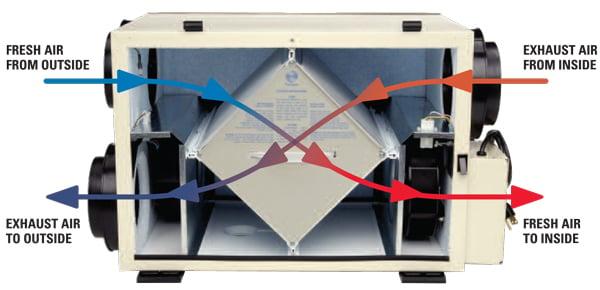
Americans don’t think about this issue a lot, but the air quality in the typical American home is pretty bad – think "smog levels in Shanghai" bad. We can't actually see it in the air however, so we are blissfully ignorant, but the EPA says indoor air quality is the 5th worst environmental problem Americans face. That’s an eye-opener.
There are many ways to achieve good air quality in a home, but again, every home is unique. It also is an extra expense to install air-quality appliances and better ductwork and filtration. I would place this as the #3 concern for a green home however since being healthy is so important.
Once a home is well-insulated and relatively air-tight, the house is likely efficient enough to be able to get good results from a heat pump HVAC system. Heat pumps transfer heat energy from one vessel, like your house, to another vessel that is larger, like the outside world or the ground beneath the house.
We use heat pumps for air-conditioning and for our refrigerators already. A heat pump for a home is basically like a central air conditioning system that can reverse its flow and also heat the home. Geothermal systems are a heat pump that uses the earth to extract energy. Air-source heat pumps are also coming into their own though, and like a standard A/C system, they just use the outside air as an energy source.
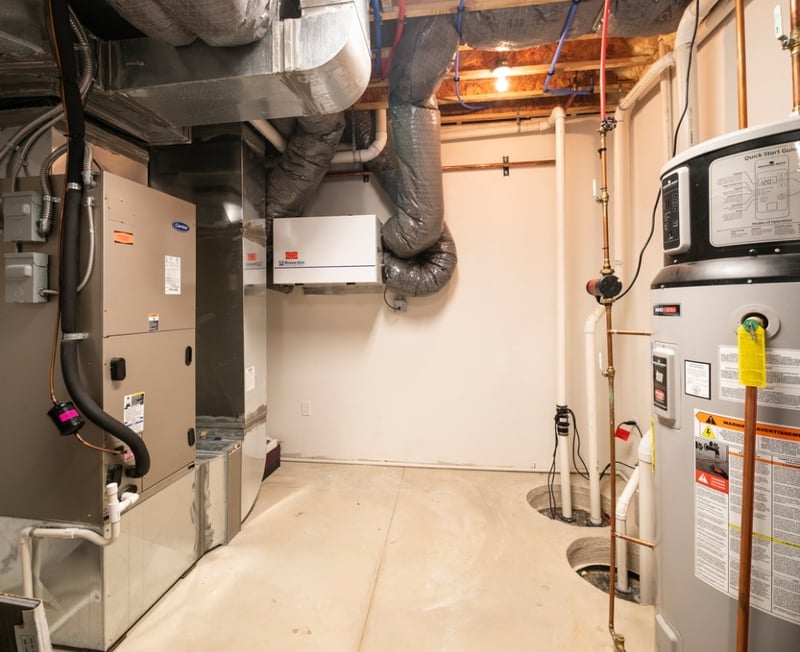
Like electric cars, these devices will probably slowly start to supplant their fossil fuel counterparts as time goes by. We’re in the phase where they’re still more expensive and there aren’t a lot of manufacturers, but that is rapidly changing as technology improves. For net-zero energy green homes, heat pump technology is a key component.
Like those that heat and cool our homes, heat pumps can also be used to heat the hot water we use inside the home. In fact, for some systems they are one and the same appliance.
Heat pumps work more “slow and low” than fossil fuel systems because they don’t burn anything to heat the water. This typically means that I recommend one size larger for a hot water tank in some circumstances. It can take longer to recharge the hot water, so if multiple users shower back-to-back for instance, the last users might not have piping hot water. Though, overall, these heat pump hot water heaters have been around for a while and they are very reliable. If the water is hot and you have enough, why not heat it more efficiently with a heat pump?
Beyond heating, cooling and hot water, we can also convert the rest of our fossil fuel appliances as well. We can use a heat pump dryer to dry our clothing. These devices are so efficient you don’t even need a duct for exhaust — so they can go anywhere in the home. We can also use an induction range or cooktop for cooking too. This electrically based appliance has a lot of advantages.
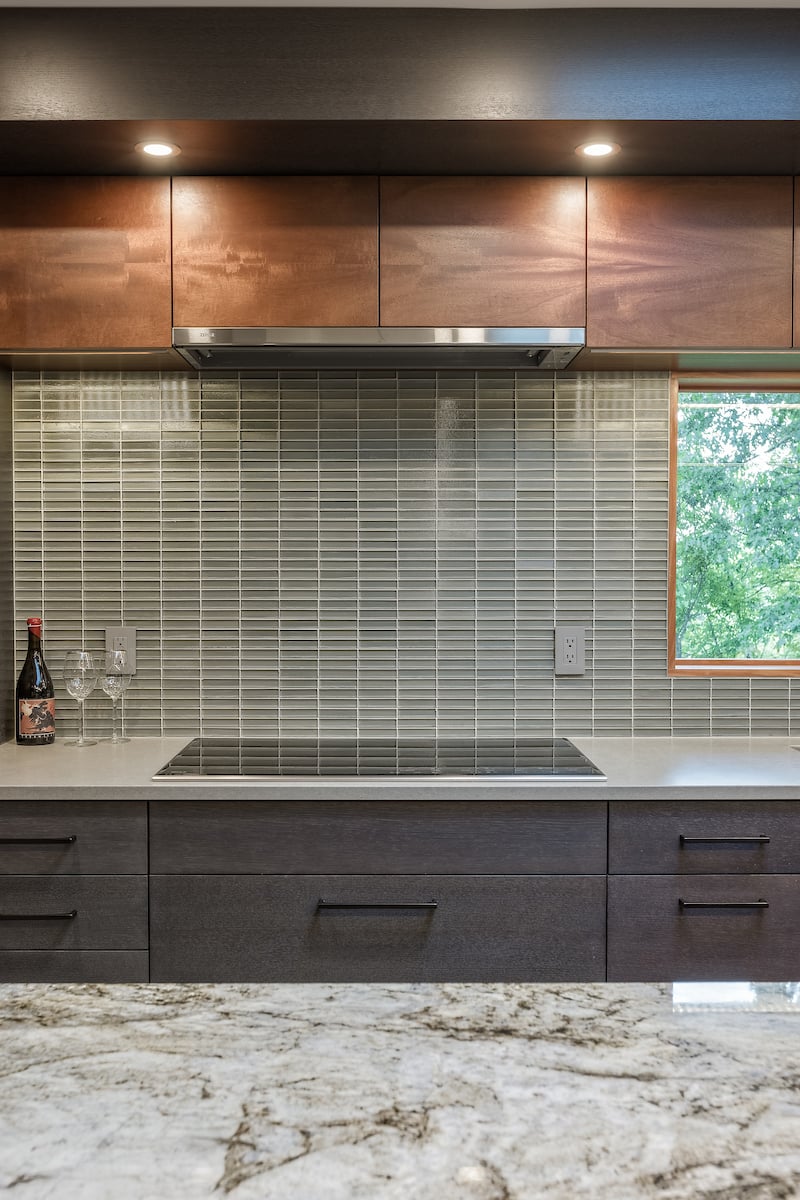
We also want to look at converting the lighting in our home to LED, and make sure the other electrical stuff we use in the home – TV’s, appliances and other equipment – are efficient. Once we have an all-electric home, it’s all about chopping away at electrical consumption to get to the lowest possible level of energy usage.
The reason we want to go all-electric is that not only are these appliances more efficient and typically healthier for the occupants, but we can also make electricity at home, something you can’t do with fossil fuels. If we can operate our home entirely with electrical energy, it’s possible to have a healthy, net-zero energy home. That is the ultimate target for a green home.
I used to always say “solar panels are the LAST thing I want to put on your home," (much to the surprise of people who thought I was into green energy!). This would be followed by an explanation that it’s not that I didn’t want them to have solar panels, it’s just literally the last step in making a green home.
There’s no doubt that solar panels are a lot sexier than insulation, but it’s about prioritization. If you install solar without taking all these other steps, you might offset 10% of your total energy use. However, If you do all of this above first — you have a real shot at offsetting closer to 100%. Since solar is expensive to install, it makes sense to take care of the lower-hanging fruit first.
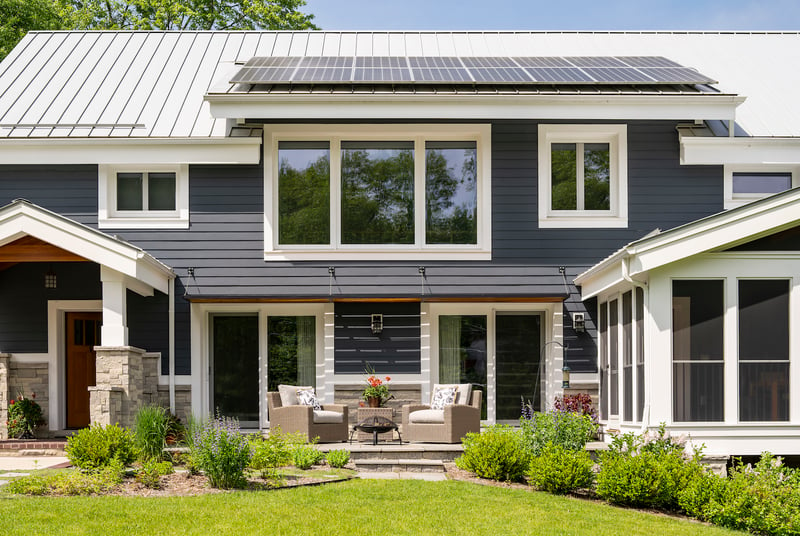
These days, batteries for your solar system are starting to be a reality. Not only can they help you make this investment more productive financially, but a battery system works like a generator — when the power goes out, you can use the power made by your solar array during outages, something you can’t do without a battery system.
It’s important not to let this become overwhelming. There are lots of people out there to help, and Rome wasn’t built in a day. It took me 10 years to go all-electric in my home, and it will probably be another 5 years before I’m able to offset all of my power consumption with a solar array. But I started on the journey, and over time it’s worked.
I also like the heating provided by my heat pump better than the fossil fuel furnace we used to have. It’s slow and even heat, and it feels more comfortable. We have plenty of hot water, and we love our heat pump clothes dryer. And, as the cook in my family, I like our induction range better for cooking too — now that I’ve gotten used to it.
It’s a good thing to do your research and have a plan before you need to replace something that breaks at the last minute. Because many of these appliances are new-ish on the market, it means you can’t always get them immediately in an emergency, and not everyone installs them. If you educate yourself in advance and work with your service provider, it will make it less likely that you’ll be forced into purchasing equipment that will be obsolete in 10 years.
If you are considering building new or doing a renovation in your home — then it's the perfect time to factor in these 7 steps into your planning. We'd love to help you by starting the conversation. Give us a call at 734-332-1500 or fill out our contact form. We'd love to help you start your journey to living in a "greener" home.

The first step to building an energy-efficient home is using green building techniques to form an ultra-tight building envelope. The next step is...
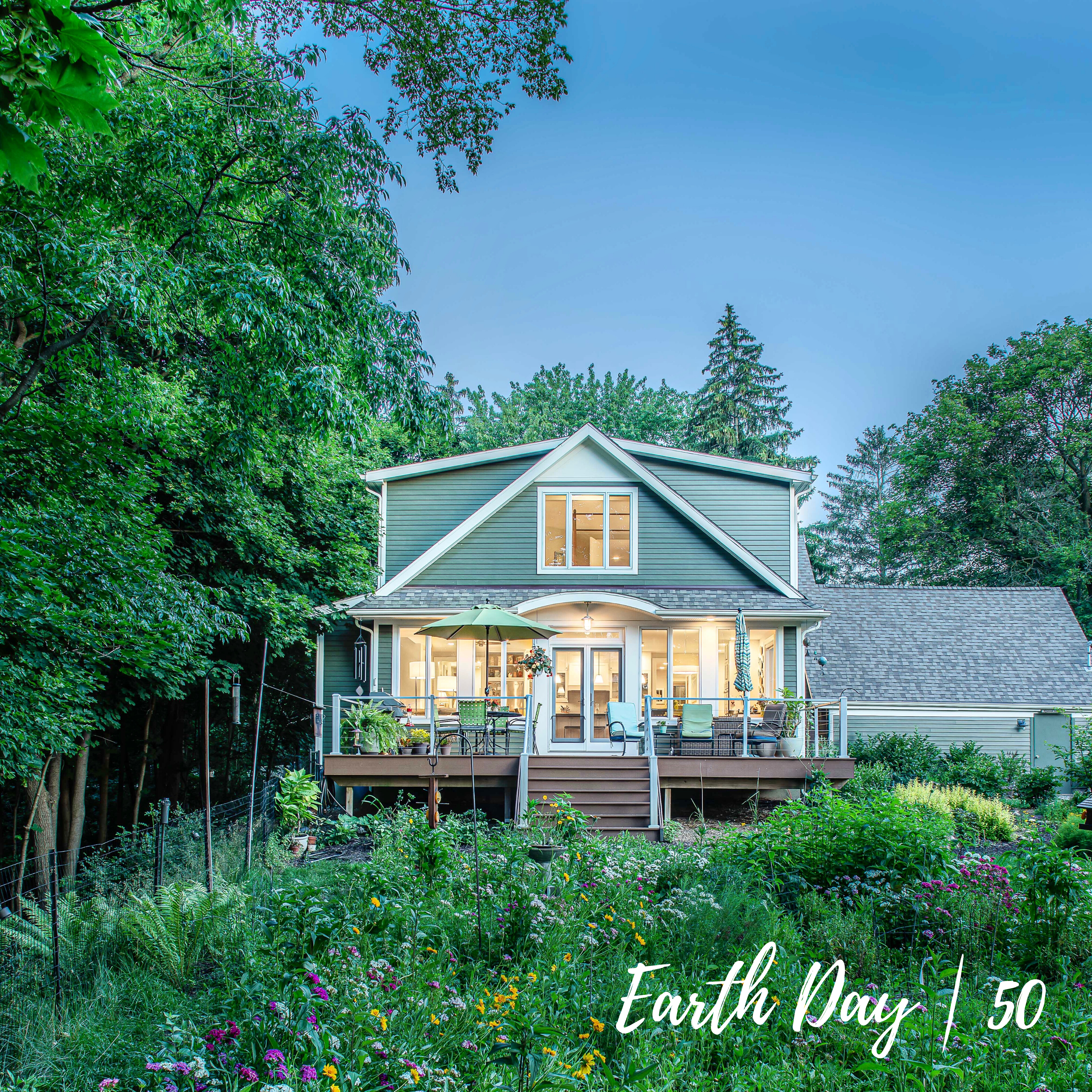
Healthy Air Quality In Your Home – It’s Good For You and For the Planet By Doug Selby According to the EPA we typically spend about 90% of our time...

Today, advanced green building technologies have allowed us to harness that consistent temperature and use it to heat or cool homes comfortably in a...